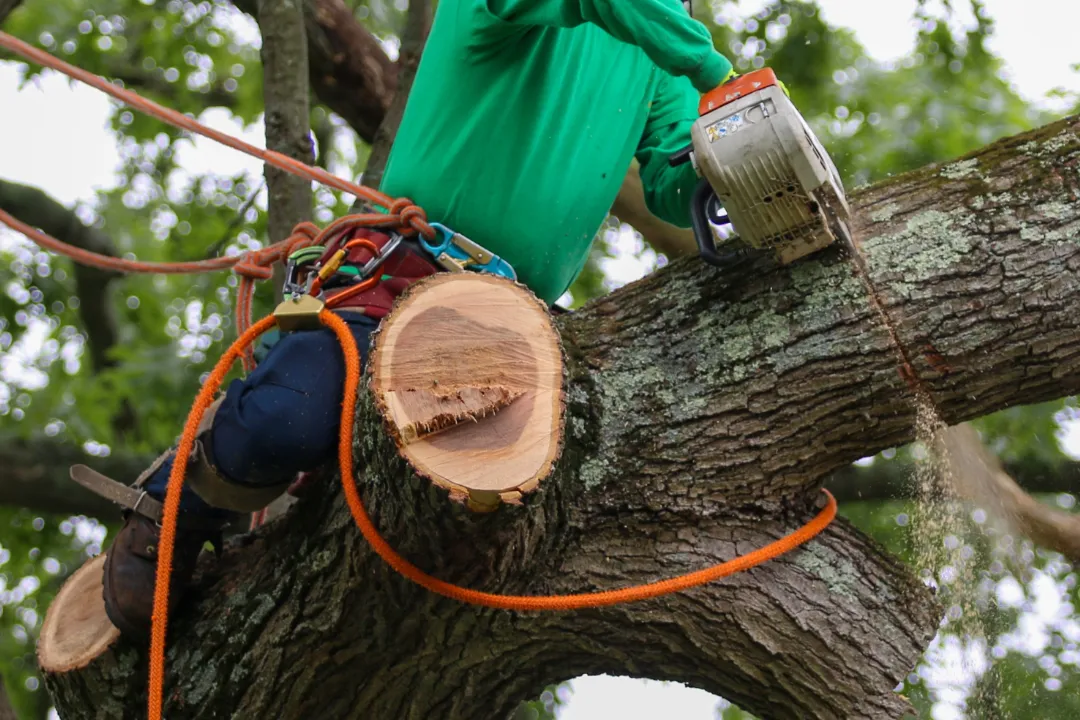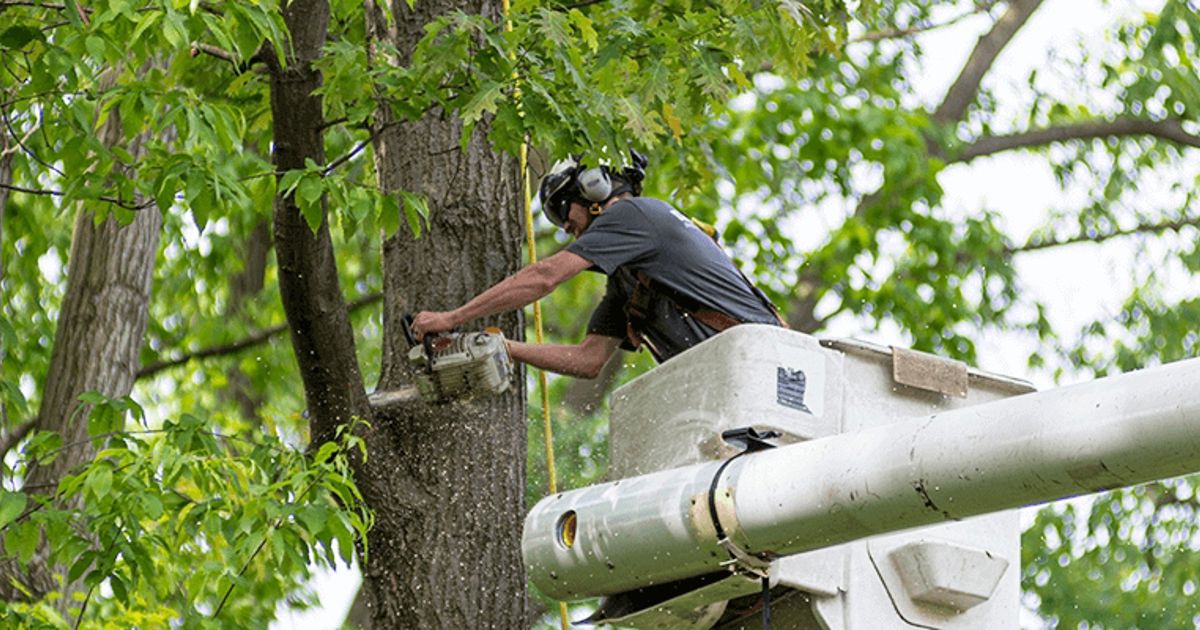All Categories
Featured
The removal of trees can produce open areas that are susceptible to weed intrusion. When trees exist, their dense covers usually shade the ground, restricting the quantity of sunshine that gets to the dirt. After the removal of trees, these open locations obtain boosted sunlight, supplying optimal conditions for weed growth.

They may advise the usage of mulch, which acts as a safety obstacle on the dirt surface, protecting against weed seeds from sprouting and reducing weed development.

The presence of trees promotes a rich and varied area of soil germs. Tree origins offer a source of raw material, exudates, and nutrients that sustain the development and activity of helpful soil microbes. Nonetheless, when trees are eliminated, the lack of their roots can interfere with the fragile balance of the soil's microbial ecological community.
What Is The Best Tree Removal Wollongong?
This change in pH can impact nutrient schedule, microbial activity, and overall soil health and wellness. To deal with the effects of tree reducing on dirt pH, tree removal specialists can supply valuable advice. They may advise soil screening to analyze the existing pH degrees and determine the needed changes. Based upon the results, specialists can recommend pH adjustment techniques, such as including lime to increase soil pH or integrating essential sulfur to decrease it.

It refers to the compression of soil bits, causing decreased pore space and raised dirt density. This compaction can adversely affect the soil's capability to work optimally, impacting its water-holding capacity, nutrient availability, and root infiltration. Appropriate techniques used by tree removal specialists can help minimize compaction and preserve the soil's capability to maintain water, and enable appropriate air flow and mindful equipment handling.
Latest Posts
What Is The Best Tree Cutting Wollongong Product?
What Is The Best Tree Removal Wollongong Area Business?
How Do I Choose A Tree Removal Wollongong Service?